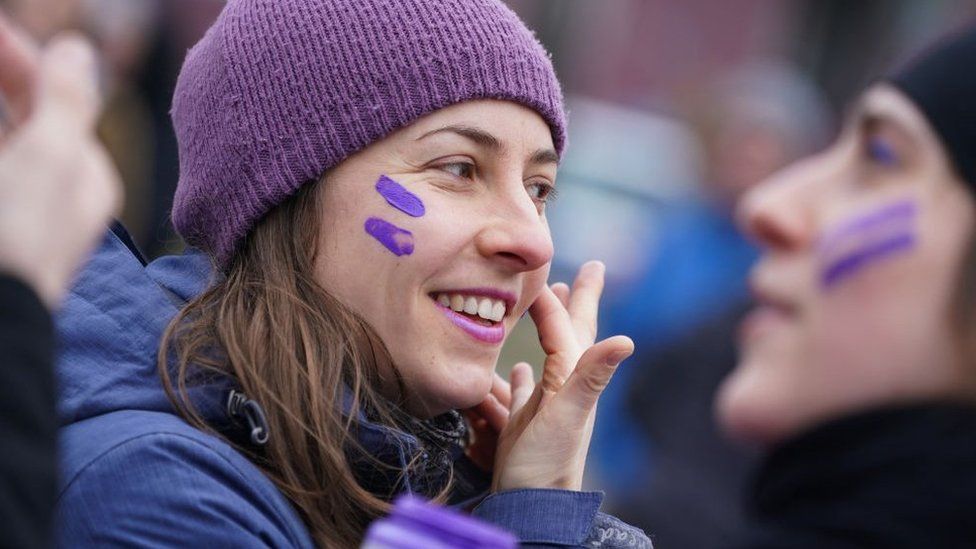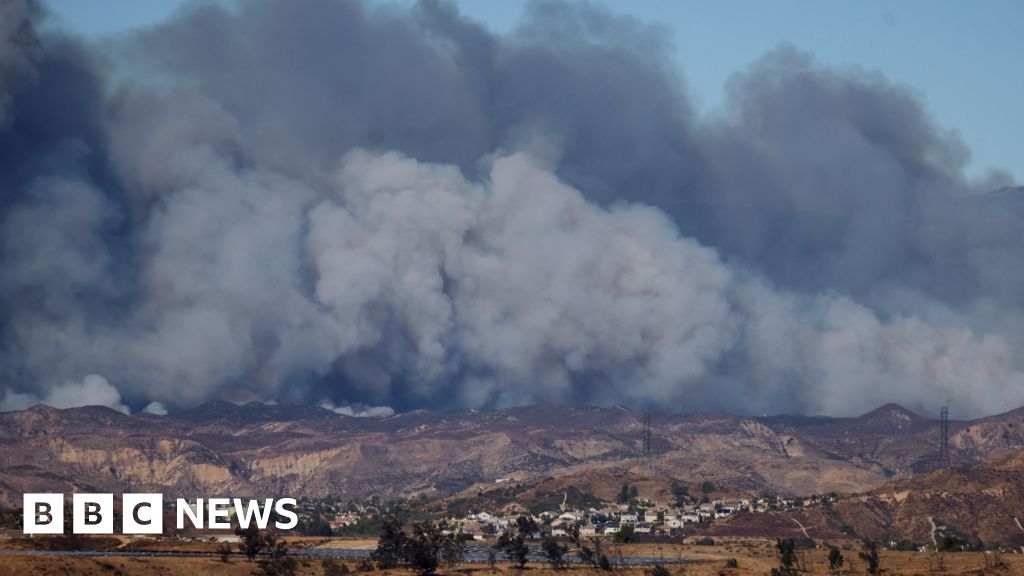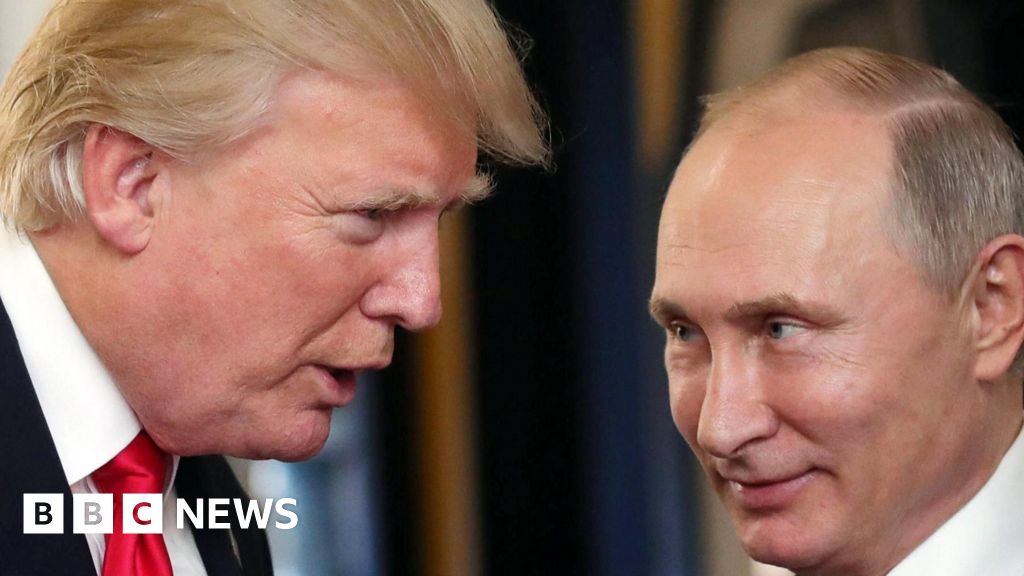ARTICLE AD BOX
 Image source, Getty Images
Image source, Getty Images
For more than a century, people around the world have marked International Women's Day on 8 March.
But what is the day for, and why does it matter?
How did International Women's Day start?
International Women's Day (IWD) grew out of the labour movement.
The seeds were planted in 1908, when 15,000 women marched through New York City demanding shorter working hours, better pay and the right to vote.
A year later, the Socialist Party of America declared the first National Woman's Day.
Image source, Corbis / Hulton Deutsch
Image caption,Clara Zetkin founded International Women's Day in 1910
The idea to make it an international event came from Clara Zetkin, a communist activist and advocate for women's rights.
In 1910, she raised it at an International Conference of Working Women in Copenhagen.
Her suggestion was unanimously backed by the 100 women from 17 countries who were at the conference.
The first International Women's Day was celebrated in 1911, in Austria, Denmark, Germany and Switzerland.
The United Nations (UN) started marking the event in 1975. The first theme adopted by the UN (in 1996) was "Celebrating the Past, Planning for the Future".
Why is International Women's Day held on 8 March?
Ms Zetkin's original idea for an international celebration was not tied to a particular day.
The 8 March date was chosen after Russian women demanded "bread and peace" during a war-time strike in 1917.
Four days into the strike, the tsar was forced to abdicate, and the provisional government granted women the right to vote.
According to the Julian calendar which was then in use in Russia, the women's strike began on 23 February.
In the Gregorian calendar used in much of the rest of the world, that date is 8 March.
How is International Women's Day celebrated around the world?
International Women's Day is a national holiday in many countries. In China, many women are given a half-day off work, as advised by the State Council.
Thousands of events take place globally, including marches, talks, concerts, exhibitions and debates.
Image source, Getty Images
In Italy, IWD is called Festa della Donna, and mimosa blossoms are a popular gift. Flower sales in Russia typically double around International Women's Day.
In the US, March is Women's History Month. A presidential proclamation issued every year honours the achievements of American women.
In an Instagram post at the beginning of March 2024, US President Joe Biden said the month would "celebrate the legacy of sung and unsung trailblazers, and advocates who have made the world a fairer, more just, and free place".
Why do people wear the colour purple for International Women's Day?
Purple, green and white are the colours of IWD, according to the International Women's Day website.
It says that: "Purple signifies justice and dignity. Green symbolises hope. White represents purity, albeit a controversial concept".
Image source, Elizabeth Crawford
Image caption,A Hunger Strike medal presented by the WSPU in 1909
These colours were used by the Women's Social and Political Union (WSPU), a group set up in the UK in 1903 to fight for women's votes.
What is the theme of International Women's Day 2024?
The UN theme for 2024 is "Invest in women: Accelerate progress", which aims to highlight the importance of gender-equality measures.
"Conflicts and rising prices may lead 75% of countries to cut public spending by 2025, negatively impacting women and their essential services," the UN warns.
The International Women's Day website has chosen the theme "Inspire Inclusion". It says organisers and events aim to "break down barriers, challenge stereotypes, and create environments where all women are valued and respected."
Why do campaigners argue that International Women's Day is needed?
Organisers say the day provides an opportunity to mark progress made, but also to highlight the erosion of women's rights across the world, as well as the effects of gender violence and abuse.
In the past 12 months, women in the Middle East, Afghanistan, Iran and Ukraine have been fighting for their rights amid war and violence,
Image source, Nava Jamshidi/BBC
In Afghanistan, girls above primary-school age remain banned from classrooms by the Taliban, hindering women's access to equal education.
The UN says women and girls in Sudan are being abducted and raped in areas controlled by the Rapid Support Forces (RSF), where they are forced to marry and are held for ransom.
According to the 2023 Global Gender Gap Index, published every year by the World Economic Forum, no country has yet achieved full gender equality or parity.
It warns it is likely to take more than a century before it is reached across the globe.
Is there an International Men's Day?
International Men's Day has taken place on 19 November since the 1990s.
The event isn't recognised by the UN, but is marked it in more than 80 countries worldwide, including the UK.
The day focuses on "the positive value men bring to the world, their families and communities", according to organisers.
It aims to highlight positive role models, raise awareness of men's wellbeing and improve gender relations.
For many years, comedian Richard Herring raised tens of thousands of pounds for the domestic violence charity Refuge every International Women's Day, by replying to people on X, formerly Twitter, who were angry about the lack of an International Men's Day.
BBC 100 Women names 100 inspiring and influential women around the world every year. Follow BBC 100 Women on Instagram and Facebook. Join the conversation using #BBC100Women.

 10 months ago
52
10 months ago
52








 English (US) ·
English (US) ·